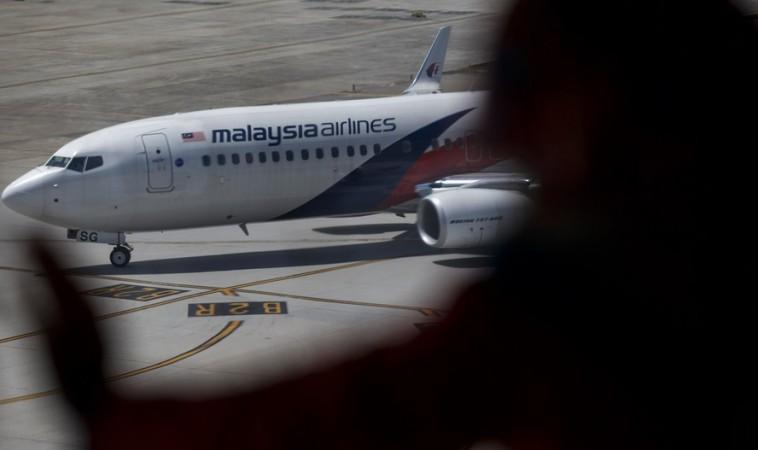
Almost 10 months after the disappearance of the ill-fated Malaysian Airlines plane MH370, an Australian search coordinator has said that it is still very likely that the plane will be found in one piece – better still, in very "good condition"— somewhere at the bottom of the Indian Ocean.
Martin Dolan, who is the Chief of the Australian search rescue team, said that he was confident that the aircraft – which mysteriously disappeared midway in its journey from Kuala Lumpur to Beijing in the wee hours of 8 March 2014 –will definitely be found, although he admitted that it will take some time.
"Our satellite calculations gave us an area we determined was high priority," Dolan told AFP. "In this 60,000 square kilometres (about 23,166 square miles), it's very likely we will find the aircraft, but we don't know exactly where. We just have to cover that area thoroughly," he told AFP.
The assertion came despite the fact that the plane essentially remains 'missing' and there is nothing apart from the mysterious satellite 'pings' that suggests the plane could have crashed somewhere in Southern Indian Ocean. Ten months of vigorous search efforts involving many nations have yielded no tangible results. Three vessels – with the fourth one on its way – are currently scouring through the ocean beds constituting thousands of miles of waters.
The vessels have high-tech sonar systems attached to tow cables, while the new 'Furgo support' on its way, will have an "autonomous underwater vehicle," Dolan was cited as saying.
A wider search zone of 208,000 square kilometres has been mapped apart from the 60,000 square kilometres already checked, reports have suggested. The priority search, which began in October, will be further intensified within the next few months. If nothing is found, the search will probably end in May.
Dolan said that the according to authorities, the aircraft is somewhere about 13,000 feet below the ocean's surface. "It's just that it's a very large area, so it's going to take a long time," he was quoted as saying.

















